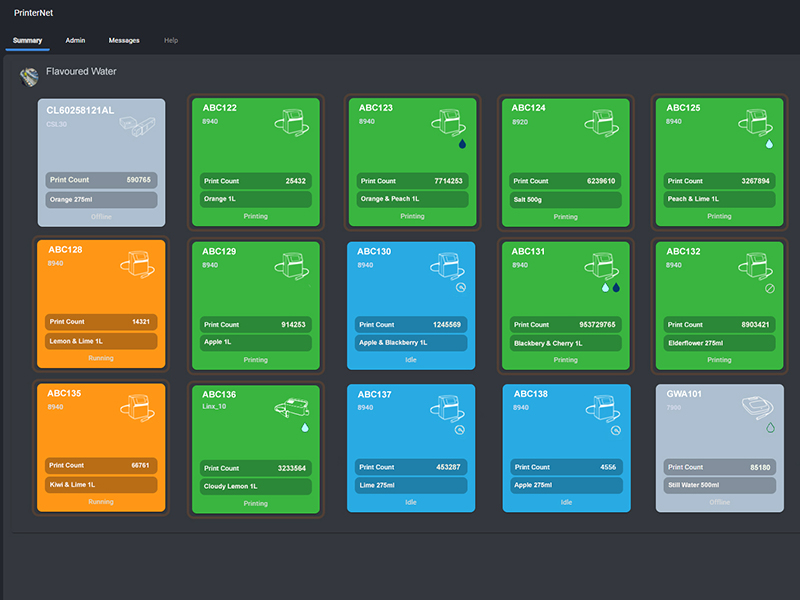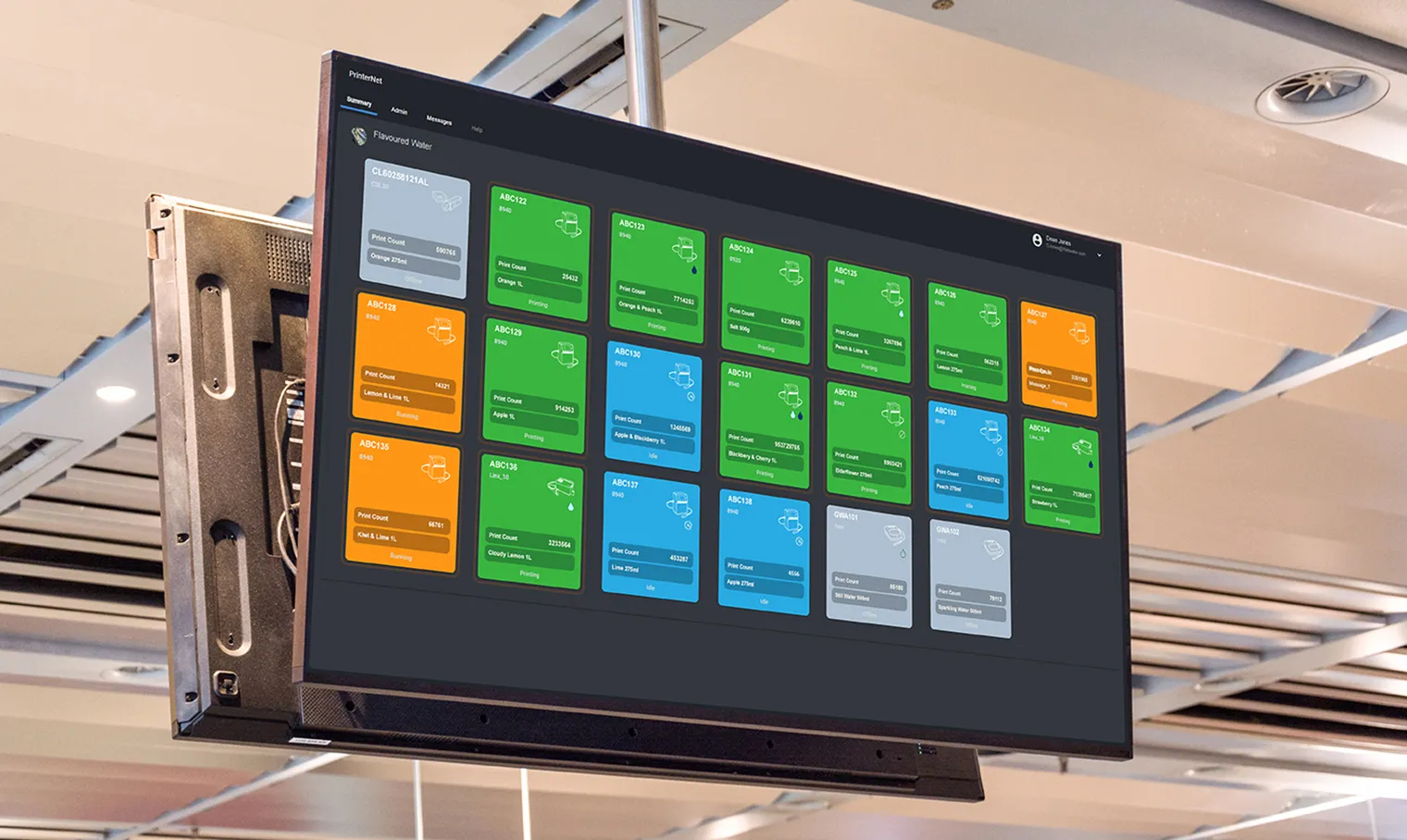WHY CODING AND MARKING IS THE PERFECT GATEWAY TO INDUSTRIAL INTERNET OF THINGS (IIoT)
Quick Links:
Introduction
The Industrial Internet of Things (IIoT) has been a buzz-phrase in manufacturing for some time now – and the images of vast, automated factories that it conjures up, in which all components of production are interconnected via the internet, can be as confusing as they are exciting. For various reasons, many medium- and small-sized businesses still believe it isn’t for them. But the fact is that IIoT is here to stay – and is set to revolutionise manufacturing of all kinds forever.
These days, IIoT can be available for everyone; after all, many people now have connected devices, such as heating, lighting or camera systems in their homes and can access these from their smartphones. This connectivity is sometimes referred to as the Internet of Things (IoT).
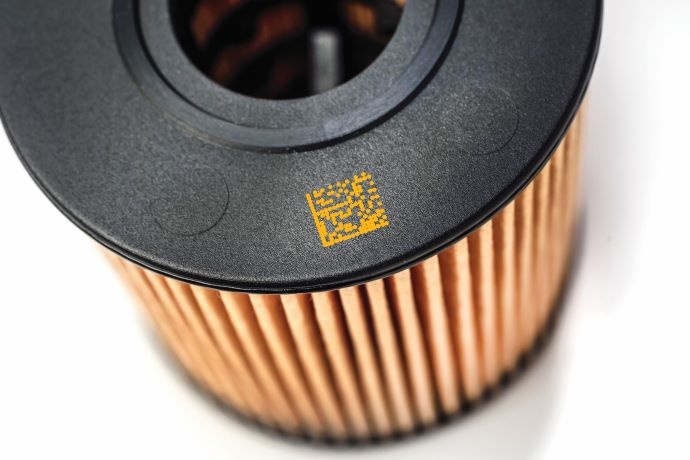
What is IIoT?
The IIoT is a variant of IoT, specifically designed to support a manufacturing environment, and is sometimes referred to as smart manufacturing or Industry 4.0. The term refers to a network of computers and intelligent devices such as factory machines that collects their data in a central Cloud system, analyses it, and puts it to use in ways that can help managers improve their businesses. Never before has so much data been so readily available so quickly or accessibly. Many companies are already benefiting greatly from this.
It is a large topic and one that, perhaps unsurprisingly, has sometimes tended to overwhelm prospective adopters, particularly those without experience of anything similar. However, when broken down to the areas in which it is relevant, IIoT clearly has the potential to provide any company with a number of large and concrete benefits.
What is more, it requires no largescale installation, because its key components are already in a company’s possession: its internet devices, and its existing coding and marking solutions.
Often the most intelligent part of the production line, coding and marking solutions are the ideal entry point for this revolution. Today their potential is being harnessed to provide factories with unprecedented amounts of valuable data about their production, which supports better decision making as well as enhanced control of their production lines. This results in enormous benefits in terms of efficiency, uptime, and ultimately, customer satisfaction for businesses of all sizes.
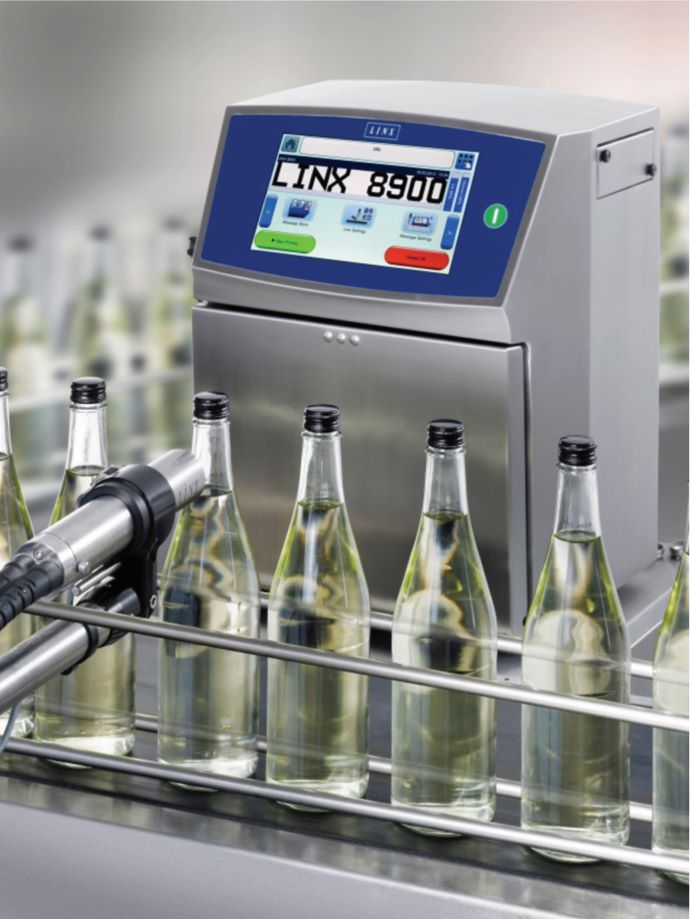
Coding and Marking’s Role in IIoT
Monitoring
Technology has developed so that today – via smartphone, tablet, laptop, or display screen – production managers or technicians can check the status and activity of their printer and by extension the production job, from anywhere, at any time. This ability to always know the status of the job improves efficiency and, most importantly, enhances the service which companies can offer their customers.
With the latest IIoT systems, operators can carry out a variety of tasks at the touch of a button, such as:
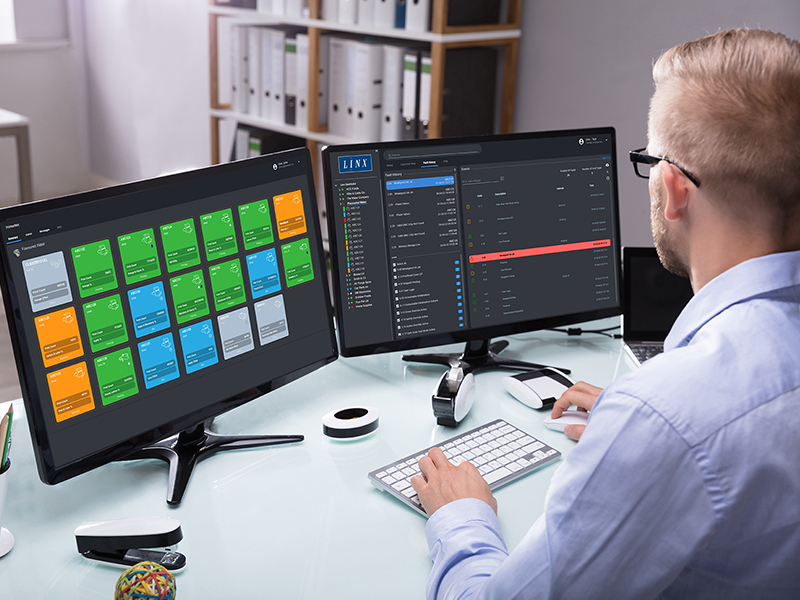
Monitoring equipment health
With live data and timely warning notifications, operators can deal proactively with any printer issues before they impact on production. Line throughput is maximised as equipment is running efficiently, which leads to increased Overall Equipment Effectiveness (OEE).
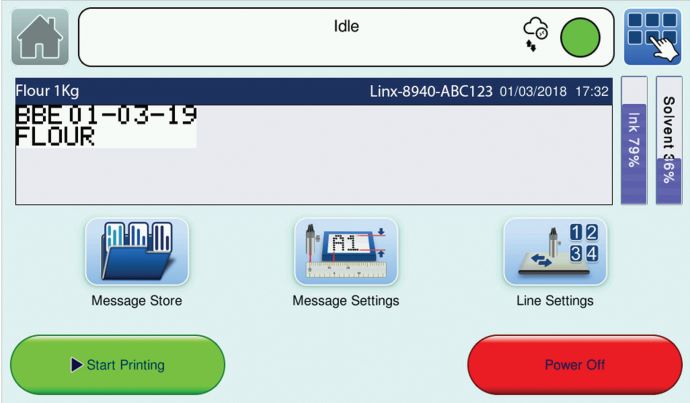
Monitoring production job status
Knowing whether your production is on-target, through progress dashboards for example, will enable production managers to respond quickly and take corrective action to ensure that targets are met. It will also support faster changeovers and help production managers plan future jobs more accurately.
This connectivity offers invaluable benefits to any business, including medium- and small-sized operations. For example, where resources are short, an IIoT system enables a production manager to monitor all lines via the screen while physically manning another. Similarly, for companies with a two-shift pattern, if there is a problem with the line during the late shift, the production manager can easily assist remotely from home.
The results of being able to monitor a printer through IIoT include more uptime, which means more production; better planning, enabling greater efficiency; and, due to the fact they no longer have to walk the line to check for faults, more free time for production managers to focus their energies elsewhere.
In addition, the ability to stay completely on top of what is happening on the line means managers will know about problems immediately. This in turn allows them to start corrective action or to notify their customers earlier – a major benefit that increases their ability to manage expectations and minimises the risk of letting their customers down.
Servicing/Maintenance
With an IIoT-enabled line, companies can also benefit from remote monitoring by their printer’s support team. Without having to visit the factory, the support team can tell what is happening and, in the case of a problem with the printer, provide alerts, diagnoses, and advice on preventative maintenance. Furthermore, with operators’ permission, they can connect to the printer remotely to help with message setup and other issues.
This reduces the chance of making a costly mistake; saves money by securing printers against total breakdown; and significantly increases uptime, enabling businesses to deliver more for their customers.
In addition, operators receive advanced notice of servicing and refills, which allows for better planning. For example, they can use the period of a factory clean to carry out printer maintenance, therefore ensuring the time is used effectively
Similarly, early alerts for faults, warnings, consumables replacement, and other maintenance issues mean managers are always aware of problems as early as possible, and this gives them maximum time in which to act and reduce their impact.
An added benefit of remote connection to the support team is regular printer software updates without the need for an engineer visit. Customers can decide when to run the software upgrade at their own convenience, saving valuable time and ensuring that the printers always have the latest software and security features.

Factors to Consider
Typical areas to take into consideration include the following.
Number of production lines
Some companies assume that IIoT is only for large-scale operations, but there are now some excellent IIoT services that have been designed to work for smaller businesses. It is important to select a system that matches the size of an operation but at the same time, it will be useful to choose one that can grow as production capacity increases.
Information required
Traditionally, IIoT systems have been designed with large scale operations in mind and deliver a wealth of technical data about the operation and health of the equipment, focusing primarily on OEE. However, there are now systems that can offer valuable data to support day to day operation of the business, such as progress of a job, which can help maintain production and improve efficiencies.
This information can be presented in a clear and highly visible and intuitive way, for example with green signifying all is well and red that there is an issue.
IT infrastructure
Many businesses assume that, to implement such a system in their factory, there must be a complex installation requirement. However, some IIoT solutions do not require a fully wired factory in order to function, and can instead be installed with a simple wireless access point that is connected to the office broadband. For medium and small-sized businesses, this may be the best option.
Versatility
It is one thing to be able to monitor and control the coding and marking solution – but another benefit of the best IIoT systems is the ability to gauge the status of the broader production environment via the printer. This is possible through a system that notifies operators when the printer is fine yet not printing. From such information, they can deduce that the problem is elsewhere – and then fix it more quickly than would have been possible before.
Cost
IIoT systems are often thought of as expensive, but many businesses may be surprised by how affordable they are. While once it may have been true that hi-tech solutions like IIoT were realistic only for larger companies, this is no longer the case. This is due partly to the rapid development of technology and partly to the fact that most of what businesses need is readily available in their factory: their internet connectivity and their printer.
Many companies find that the cost of the system is easily recouped through the upturn in efficiencies it can produce.
Conclusion
The internet has infiltrated our daily lives to such a degree that they are now unimaginable without it – and this is increasingly the case in manufacturing too. Just as most of us rely on our smartphones and tablets for everything from reading a restaurant review to making arrangements with friends, so production managers increasingly depend on information displayed on their smartphones, tablets, laptops, or display screens to monitor and service their machines.
Regardless of what it is called – the Industrial Internet of Things, Industry 4.0 – the new smart connectivity in factories is here to stay, and it is relevant to all manufacturers – whether they have a hundred production lines or only one.
Therefore it is essential not to be put off by the idea of an IIoT system, and to actively explore the opportunities it can offer
